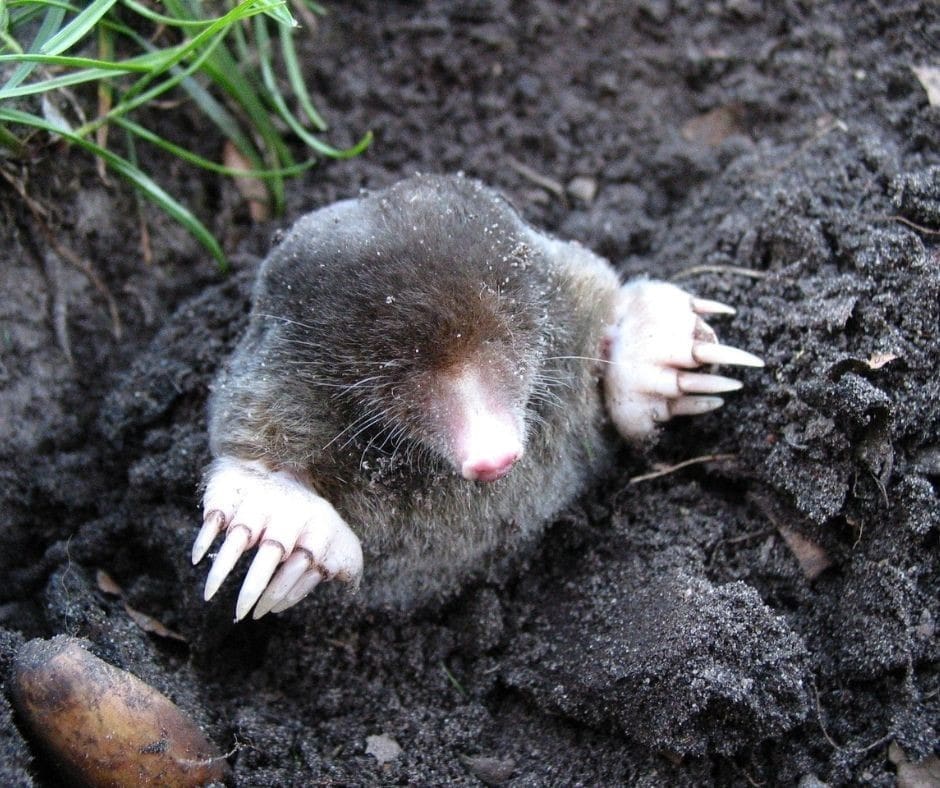By Trish Svoboda
Despite spending the majority of their lives beneath the surface, the impact moles have above ground can be quite surprising.
In their search for food, moles create travel lanes, resulting in winding trails of raised soil across residential lawns and farmlands. While moles do not consume plant matter, they can inadvertently cause harm by disrupting root systems and displacing smaller plants.
Cynthia Domenghini, a horticulture specialist at Kansas State University, noted that homeowners have tried numerous solutions – including chewing gum, noise devices, shattered glass, bleaches, windmills, and even human hair – but none have proven to be consistently effective or reliable.
“Poison baits also fail to work because moles feed on earthworms and grubs, not vegetable matter,” Domenghini said. “Even grub control products are ineffective because they do not control earthworms,” which are the primary food source for moles.
According to Domenghini and wildlife specialists at K-State who have studied the safest mole control methods, traps are the most effective strategy. She said there are three types of traps: harpoon, choker, and scissor-jawed.
Domenghini offered the following advice:
· Because moles use some tunnels more than others, use a broomstick or similar item to poke holes in a number of runs. Check a day later to see which runs have been repaired. These are the active runs.
· Place a trap in an active run by excavating soil, placing the trap and then replacing loose soil. Secure the trap so that the recoil will not lift the trap out of the ground. Make sure the triggering mechanism is not in the center of the run.
· Push down two holes, one on each side of the trap. Moles should be caught when they try to repair the tunnel. Move the traps if no moles are caught within three days.













